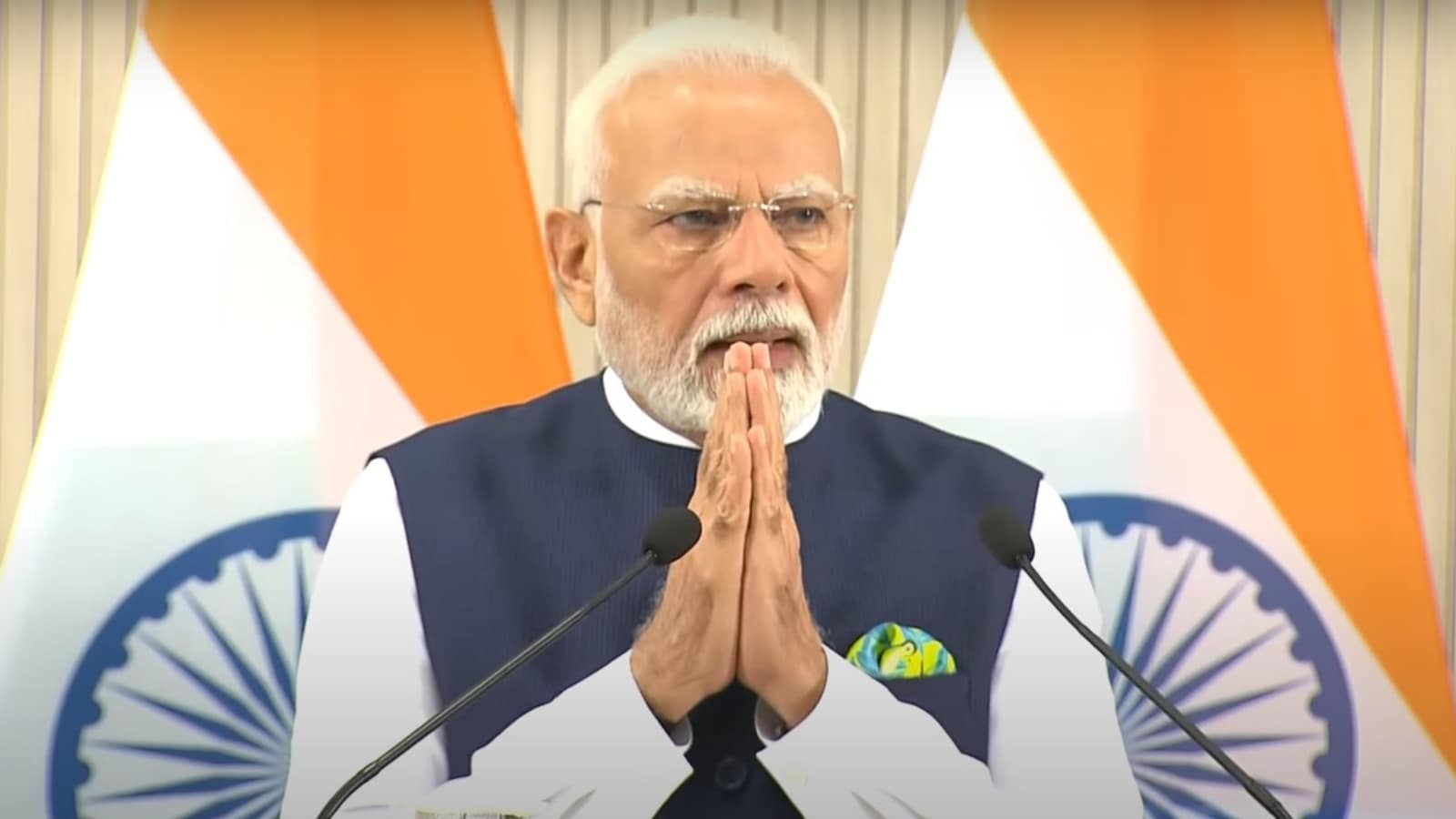The Indian Space Congress 2025 is in full session in Delhi. The meeting is lined with bureaucrats, decision-makers, policy personnel and of course, private players in the space sector looking to make a difference and boost India’s space sector.
And there is one theme that plays common through it all, ‘Atmanirbharta’.
Cultivating Indigenous Capabilities For Strategic Autonomy
PM Modi’s vision of ‘Atmanirbhar Bharat’ is now profoundly shaping its trajectory in the space sector, transforming it into a critical pillar of national power and strategic autonomy. This push is evident in a series of landmark initiatives, from the successful launch of private satellite constellations to ambitious long-term space exploration goals.
In January this year, PM Modi hailed Pixxel’s ‘Firefly’, India’s first private satellite constellation, as a testament to India’s growing strength in space innovation and a significant stride towards self-reliance, noting its capacity for high-resolution imagery. Concurrently, ISRO’s successful deployment of the indigenous EOS-08 Advanced Earth Orbiting Satellite, designed for critical remote sensing applications like ocean surface wind, soil moisture, and flood detection, underscores the nation’s commitment to developing its own crucial space assets, despite initial launch challenges.
These advancements serve as a testament to India’s growing stature in the space sector. The government’s 2020 space sector reforms and the Indian Space Policy, 2023, have been instrumental in fostering this indigenous growth by opening the sector to Non-Government Entities and increasing the FDI threshold to 100%.
It has invigorated the private sector, allowing it to contribute significantly to India’s space ambitions. Such an approach reduces India’s reliance on foreign partners for critical space infrastructure and data, thereby enhancing its strategic autonomy in areas ranging from defence to climate monitoring.
Looking ahead, the ambitious Space Vision 2047 targets, including the establishment of the Bharatiya Antariksh Station by 2035, an Indian Moon landing by 2040, and the development of a Next Generation Satellite Launch Vehicle by 2032, underscoring a long-term commitment to self-sufficiency in cutting-edge space capabilities.
Bolstering Regional Initiatives: The IMEC Case
The strategic implications of India’s indigenous space capabilities extend directly to its role in key international infrastructure initiatives, most notably the India-Middle-East Europe Economic Corridor. Launched amid geopolitical complexities, IMEC requires a robust security and operational backbone, which space technologies can provide.
Unlike China’s Belt and Road Initiative and its Space Silk Road, which is solely led by Chinese assets, IMEC is a multi-partner endeavour involving nations with advanced space capabilities like India, the EU, and the US. It offers a unique opportunity for an international Space-IMEC Industrial Consortium, leveraging mature space technologies from commercial entities across all founding partners.
India’s advancements in space-based Command, Control, Communications, Computers, Intelligence, Surveillance, and Reconnaissance systems are crucial for IMEC’s secure operationalisation. Furthermore, the interoperability of India’s NAVIC with the EU’s Galileo and the US’s GPS provides resilient Positioning, Navigation, and Timing support along the corridor.
This is particularly vital for IMEC members such as the UAE, Saudi Arabia, and Jordan, who can rely on NAVIC’s comprehensive coverage of their regions, ensuring efficient land-mode trade. The innovative application of downstream space technologies, from Earth observation for optimising routes and mitigating risks to satellite communications for seamless coordination, will enhance the security and prosperity of IMEC’s supply chains.
The emphasis on cybersecurity and a high-speed data pipeline, linking India’s IT services to West Asia and beyond, further solidifies the strategic relevance of India’s space assets in making IMEC a secure and prosperous corridor.
India As Global Space Powerhouse
India’s growing self-reliance in space is also transforming its position in the global space market, moving from a domestic focus to a Make in India for the World approach. The global-first strategies adopted by leading Indian space start-ups are a convincing sign of things to come. Bellatrix Aerospace has established offices in the US and plans to expand into Europe, securing international partnerships and sales pipelines. Similarly, Pixxel, Dhruva Space, and Agnikul Cosmos have an entirely global sales pipeline.
India’s space economy is projected to grow from $8.4 billion in 2023 to $44 billion by 2033 and the country aims to capture 10% of the global space economy by 2030. International forums like the India Space Congress 2025 serve as crucial “matchmaking hubs” for institutional investors, highlighting India’s expanding commercial opportunities.
Discussions on extending Earth Observation solutions to the Global South through US-India roundtables underscore India’s role as a collaborative partner for shared prosperity. While the emphasis remains on indigenous development, there is a strategic pivot towards technology transfer and international cooperation, embodying the ancient Indian philosophy of Vasudhaiva Kutumbakam, ensuring that India’s space prowess not only serves its national interests but also contributes to global well-being and security.
